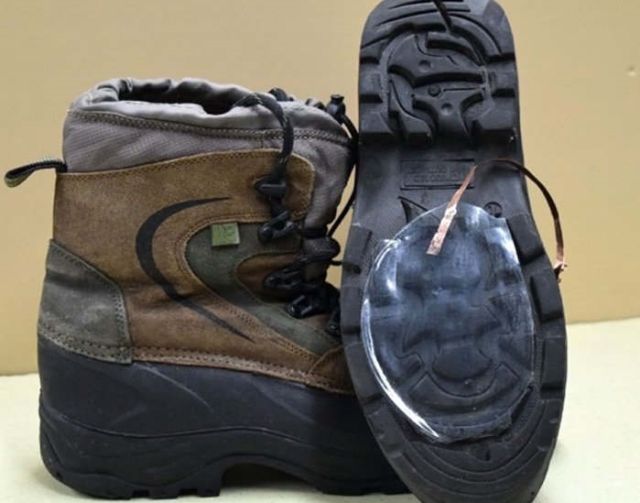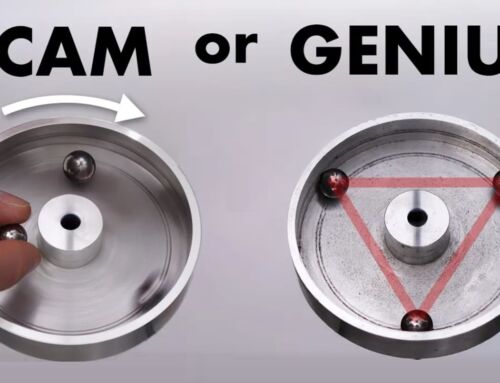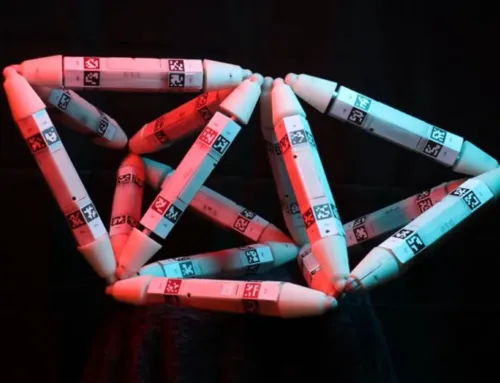New scientific device, a first-of-its-kind nanogenerator, creates electricity from snowfall.
UCLA researchers and colleagues designed a new device, small, thin and flexible like a sheet of plastic, that creates electricity from falling snow, also acts as a weather station.
Senior author Richard Kaner, who holds UCLA’s Dr. Myung Ki Hong Endowed Chair in Materials Innovation, said:
“The device can work in remote areas because it provides its own power and does not need batteries. It’s a very clever device — a weather station that can tell you how much snow is falling, the direction the snow is falling, and the direction and speed of the wind.
Static electricity occurs from the interaction of one material that captures electrons and another that gives up electrons. You separate the charges and create electricity out of essentially nothing.”
The researchers call it a snow-based triboelectric nanogenerator, or snow TENG. A triboelectric nanogenerator, which generates charge through static electricity, produces energy from the exchange of electrons.
Snow is positively charged and gives up electrons. Silicone — a synthetic rubber-like material that is composed of silicon atoms and oxygen atoms, combined with carbon, hydrogen and other elements — is negatively charged. When falling snow contacts the surface of silicone, that produces a charge that the device captures, creating electricity.
Co-author Maher El-Kady, a UCLA assistant researcher of chemistry and biochemistry, said:
“Snow is already charged, so we thought, why not bring another material with the opposite charge and extract the charge to create electricity?”
Findings about the device are published in the journal Nano Energy.
source UCLA






Leave A Comment